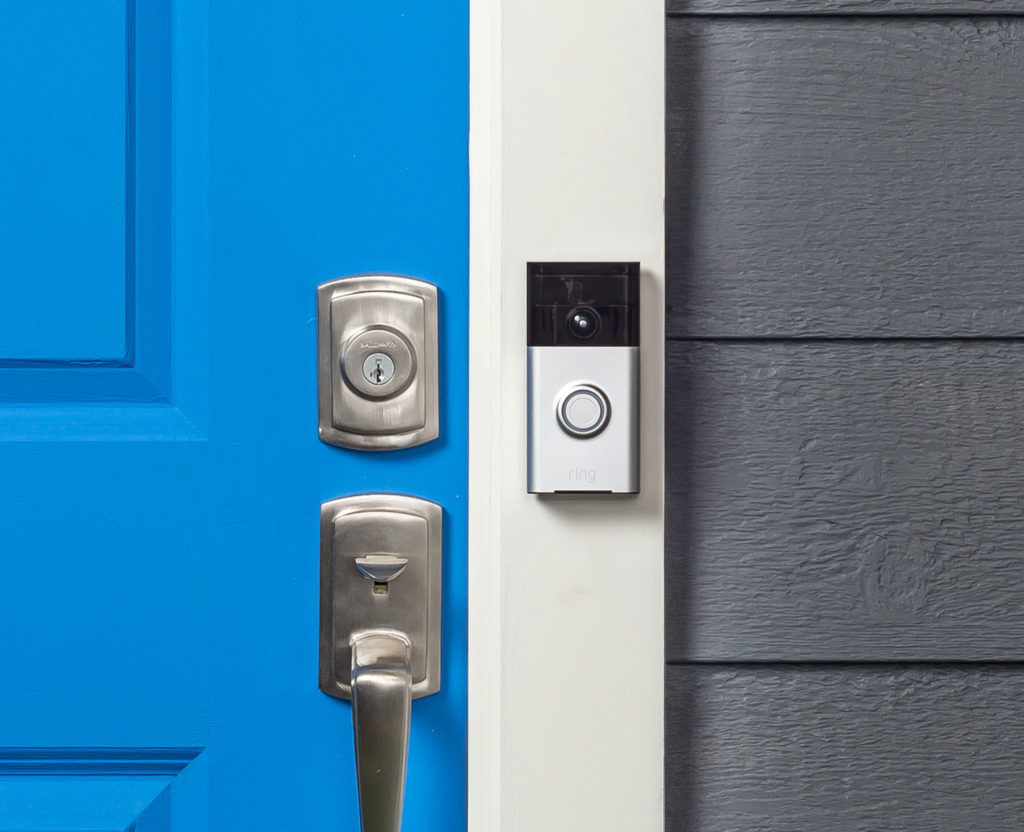 Homes with technology features are prevalent now more than ever. From large appliances to smaller gadgets that connect to your mobile device, there are plenty of opportunities to stay connected to the activity in your home. One key home accessory gaining in popularity is electronic doorbells. These devices can be personalized to fit your needs and have a variety of features. To help you figure out what the buzz is about and decide if a new doorbell is right for you, consider the following.
Homes with technology features are prevalent now more than ever. From large appliances to smaller gadgets that connect to your mobile device, there are plenty of opportunities to stay connected to the activity in your home. One key home accessory gaining in popularity is electronic doorbells. These devices can be personalized to fit your needs and have a variety of features. To help you figure out what the buzz is about and decide if a new doorbell is right for you, consider the following.
Wired vs. Wireless. The two main types of electronic doorbells are wired or wireless. The most common doorbell is wired, which is connected to your home’s electrical system. A wired doorbell doesn’t require batteries, has a potentially longer live span and has a clear and dependable sound. A wireless doorbell doesn’t have to be connected to your home’s electrical system making it easy to install, flexible with placement near your door and requires batteries.
Mobile App Accessibility. If you want a doorbell that connects to your mobile device, you should consider purchasing a “smart” doorbell. This device connects to your home WiFi and is available for both wired and wireless doorbells. Home owners can also view what’s happening at their front door step via video through a mobile app. Most smart doorbell apps can be customized to send alerts to notify you of activity at your front door.
Type of Material. Wired and wireless doorbells are in available in standard sizes and neutral colors. If you like your current doorbell cover and would like to keep it, make sure to select a doorbell that will fit. Covers are available at hardware stores to help personalize your doorbell and are available in all shapes, colors and sizes.
Sound and Video Quality. You can customize both wired and wireless sounds to play chimes, music or even spoken words. The sound quality for these electronic based doorbells is generally good. You may want to take a closer look at the sound range capabilities depending upon the size of your home. The density of your walls (like stone) may interfere with wireless signals so you may opt for a wired doorbell. When it comes to video features, it is best to compare image resolution and field of view capabilities. The higher the resolution the better the video quality and some cameras only capture what is directly in front and no side views.
Special Features. Both wired and wireless doorbells have options for features that can improve your home comfort. For example, some models have flashing alerts for hearing impaired individuals or motion sensors to alert you to movement or sound outside your door. Since your doorbell may have to endure the elements, double check to make sure the device you select is weatherproof.
For more information on how to outfit your home with the latest technology contact you local chapter here.

